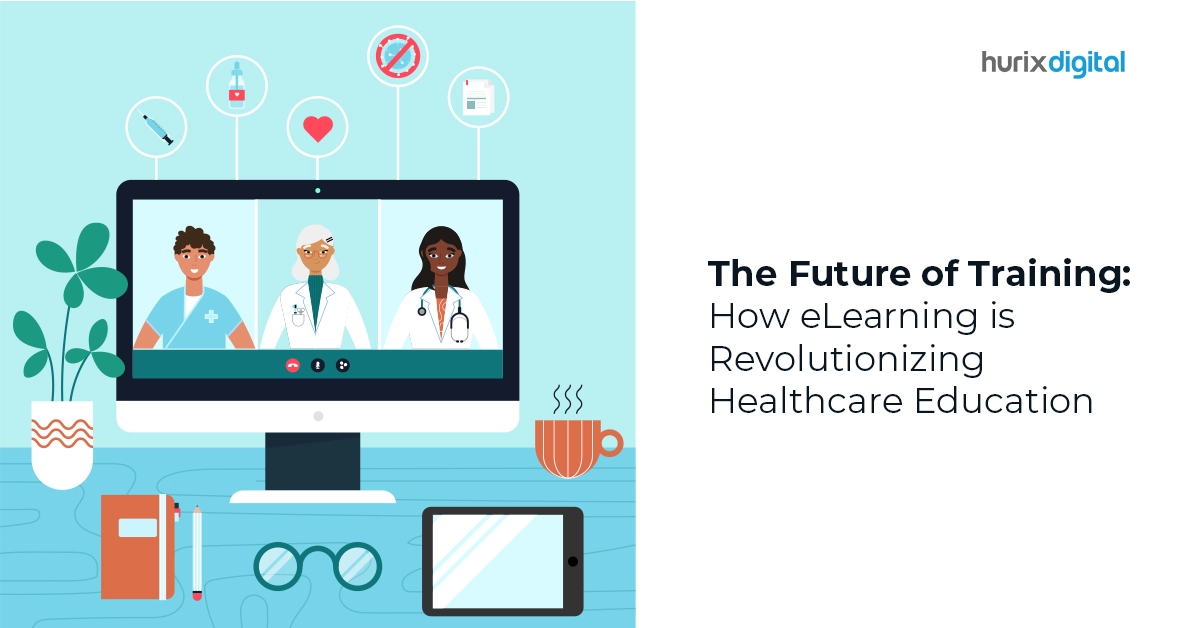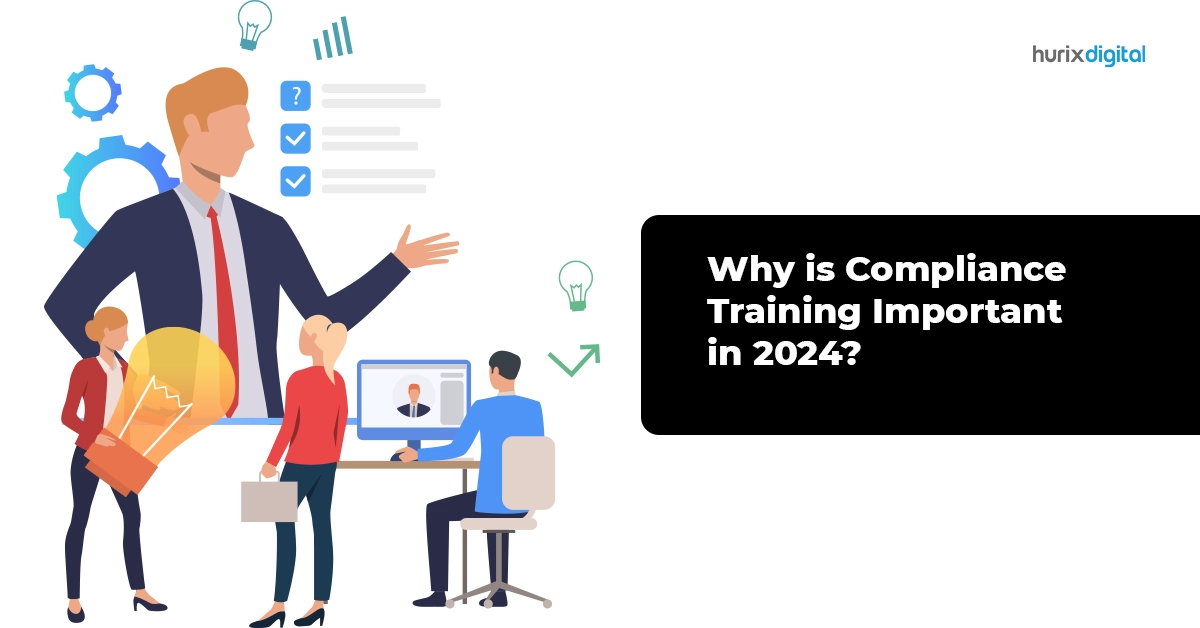Nearly half of the most profitable companies in the world are using e-learning methods to help rookie professionals develop their technical skills. With an e-learning portal, companies are noticing an exponential increase in the engagement of employees. On an average, employees spend more than 5 hours learning on an eLearning platform.
Since e-learning enhances opportunities in terms of learning and offers a medium for the same, we have compiled some best practices for creating an e-learning portal. Dive in and read how you can develop an effective and productive e-learning portal.
Why Enterprises Need an e-Learning Portal
PayPal was able to reduce training costs by 25% after implementing e-learning. Cost efficiency is one of the major reasons for using an e-learning portal. It reduces the expenses that are associated with classroom training, which includes learning material, travel, venue, and catering.
Further, since the training material on an e-learning portal remains online as long as it is relevant, enterprises save a lot of money on printing costs. You can even upload lessons online quickly in a matter of minutes. This way, companies can save money and time and still get a good Return on Investment (ROI).
While the course may be the same, e-learning allows employees to grasp it at their own pace. In a way, it personalizes the experience of learning by allowing employees to take the course in an environment conducive to their style of learning.
Benefits of an e-Learning Portal
- One of the biggest benefits of e-learning is that it allows the employees to keep pace with the latest developments in their chosen field.
- With e-learning, employees can utilize their lean time for some productive online training without missing deadline-oriented tasks
- An e-learning portal allows employees to re-visit crucial information whenever they need to revise
- Another benefit of having an e-learning portal is that it helps employees attend online courses anytime, anywhere.
- eLearning reduces the energy and time spent on classroom training and development
- With e-learning, it is possible to get real-time feedback on your performance during the online training session.
- Managers can track employees’ progress online and stay up-to-date at the same time
Here are the Best Practices in Creating an Enterprise e-learning Portal
Once you know how to create custom elearning programs, here’s how you can create an elearning portal for enterprises:
1. Choose an Authoring Tool that Reinforces Your Brand Identity
One of the best practices for creating an enterprise e-learning portal is choosing an authoring tool that offers functions and features you require.
Since every employee has unique learning requirements, you can’t go back to your programmers to update the portal every time. When you need to develop courses for every employee category differently with different time requirements, you should be able to do it without knowing the technical aspects of development. And an authoring tool helps anyone create courses without the guidance of a programmer.
2. Focus on Visual Design
The second step is to make use of the plethora of e-learning templates available online and design the course. By doing this, you can save on the course development time and also, at the same time, inspire the training team with no technical or design background to develop employee training courses.
Visual design is more than just creating pretty graphics and incorporating e-learning into brand collaterals. It sparks creativity, evokes emotion, and challenges learners. It is important for you as a brand to ideate on how visual design can be used to maximize the learner’s retention, enhance the experience, and make learning easy for all.
3. Opt for a Cloud-Based e-learning Portal
The third and most crucial step is to opt for a cloud-based e-learning portal. Every employee can have hassle-free access to the curriculum on the cloud-based e-learning portal, where users can easily locate everything they need, ranging from videos, images, PDF files, and even quizzes. You can also create a shared calendar that highlights upcoming events and assignment deadlines.
4. Implement Social Learning Tools
The fourth step is to utilize additional resources, such as YouTube, Blogger, Facebook etc. You can embed these links into presentations and other online content for trainees to watch learning videos, read up blogs about topics or interact with peers online. These elements can help employees consume information faster. It also makes your course look more polished.
Big corporations like PayPal are attracting top talent and retaining their employees for longer duration by using a myriad of social learning tools on their e-learning platform. For instance, the Learning Management System (LMS) allows Youtube videos to be played directly without redirecting to Youtube’s home page.
5. Understand the Learner’s Limitations
The fifth step is to not go overboard with multimedia elements and thus resist from the temptation of incorporating several videos, audios, and graphic elements in single coursework. Additionally, you need to understand the learner’s limitations and keep upgrading the skill-level only when the learner accomplishes a milestone.
Employees are always looking for a chance to grow and expand their professional and personal skills. Studies estimate that 30% of employees who are driven through a gamification environment supported by e-learning generate more ROI as compared to those who receive classroom training.
If you keep things straightforward, simple, and fun, employees will be tempted to visit the e-learning portal to complete their online training, which improves their productivity and performance in the long run.
Conclusion:
Before the age of the internet, employees had to rely on the sloppily written notes they took during their work training. Since an eLearning portal gives access to course materials online, employees now don’t have to fret about how they will be able to access resources. The course materials are available at the click of a button every time they face a difficult situation. To sum up, the best practices in creating an enterprise e-learning portal is to keep things straightforward.











